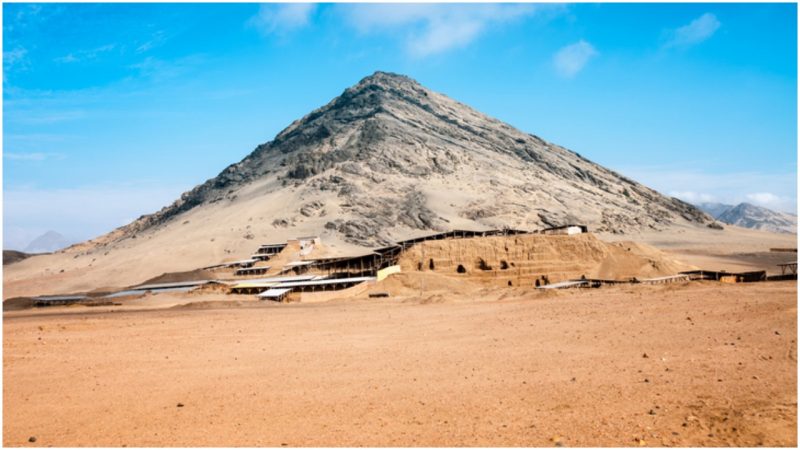More than 140 children and 200 baby llamas appear to have been ritually sacrificed more than 500 years ago in Northern Peru, according to an exclusive report by National Geographic.
The burial plot was discovered on a 7,500-square-foot coastal lot on the outskirts of what was then the pre-Columbian Chimú Empire and today lies outside the modern metropolis of Trujillo. The grisly unearthing of an ancient mass grave raises the inevitable underlying question: Why?
While human sacrifice has long been known to have occurred among the Inca, Aztec, and Mayan cultures, nothing of this scale—nor this many victims this young—had ever been discovered before.
“I, for one, never expected it,” John Verano, a physical anthropologist with Tulane University, told National Geographic. Verano is part of the interdisciplinary team led by Gabriel Prieto of the Universidad Nacional de Trujillo and funded by grants from the National Geographic Society that has worked for seven years on the sacrificial site known as Huanchaquito-Las Llamas.
The victims were between 4 and 14 years old, apparently well-nourished and healthy when they were killed. They were buried facing the sea. The llamas, which had ropes around their necks, were buried facing west.
The Huanchaquito-Las Llamas site lies on Peru’s northern coast, a half mile from Chan Chan, the former capital city of the Chimú culture and a World Heritage site, outside Trujillo, modern Peru’s third-largest city.
At its peak in the 14th century, the Chimú controlled 600 miles of coastline and inner land north of modern Lima. The superior Incans conquered the Chimú in 1475, effectively ending their culture.
The skeletal remains of both the children and animals show evidence of cuts to the chest and dislocated and broken ribs, suggesting that their chests had been pulled apart to remove their hearts, according to National Geographic. Remarkably, a red cinnabar-based pigment is still in visible on many of the excavated skulls. Experts theorize the red paint was part of ritual sacrifice. The ropes found around the llamas’ necks were carbon-dated to 1400 to 1450, which puts the event near the end of the Chimú reign.
An undisturbed dried mud layer on part of the site led the investigators to believe that all the victims were killed at the same time. Archaeologists also discovered preserved footprints of adults and animals, some of which appeared to have been dragged.
The dunes of the northern coast of Peru are subject to erosion. Residents cam upon unearthed skeletons in 2011, and alerted local archaeologist Gabriel Pietro, who was at the time investigating a 3,500-year-old temple nearby. Pietro found the bones of 42 children and 76 baby llamas at the site, and with his team, launched a full-on excavation, funded by the National Geographic Society.
While other child sacrifice victims have been discovered at other sites over the years, this is the first one that provides clear-cut evidence of a mass sacrifice, according to the analysis of the remains.
“It is ritual killing, and it’s very systematic,” John Verano told National Geographic.
And of course it raises the obvious question. “When people hear about what happened and the scale of it, the first thing they always ask is why,” said Pietro, according to National Geographic.
Some anthropologists theorize that the Chimú were trying to appease the gods for devastating El Nino weather patterns of severe drought followed by severe flooding.
The team is now beginning to investigate the life histories of victims. Preliminary DNA analysis suggests that they came from a variety of regions and that both boys and girls were sacrificed.
“They were possibly offering the gods the most important thing they had as a society,” Pietro told the Associated Press. “And the most important thing is children because they represent the future.” That’s a difficult perspective for modern parents to wrap their minds around, if a fascinating (and sobering) look into how civilization has evolved over 500 years.
E.L. Hamilton has written about pop culture for a variety of magazines and newspapers, including Rolling Stone, Seventeen, Cosmopolitan, the New York Post and the New York Daily News. She lives in central New Jersey, just west of New York City
